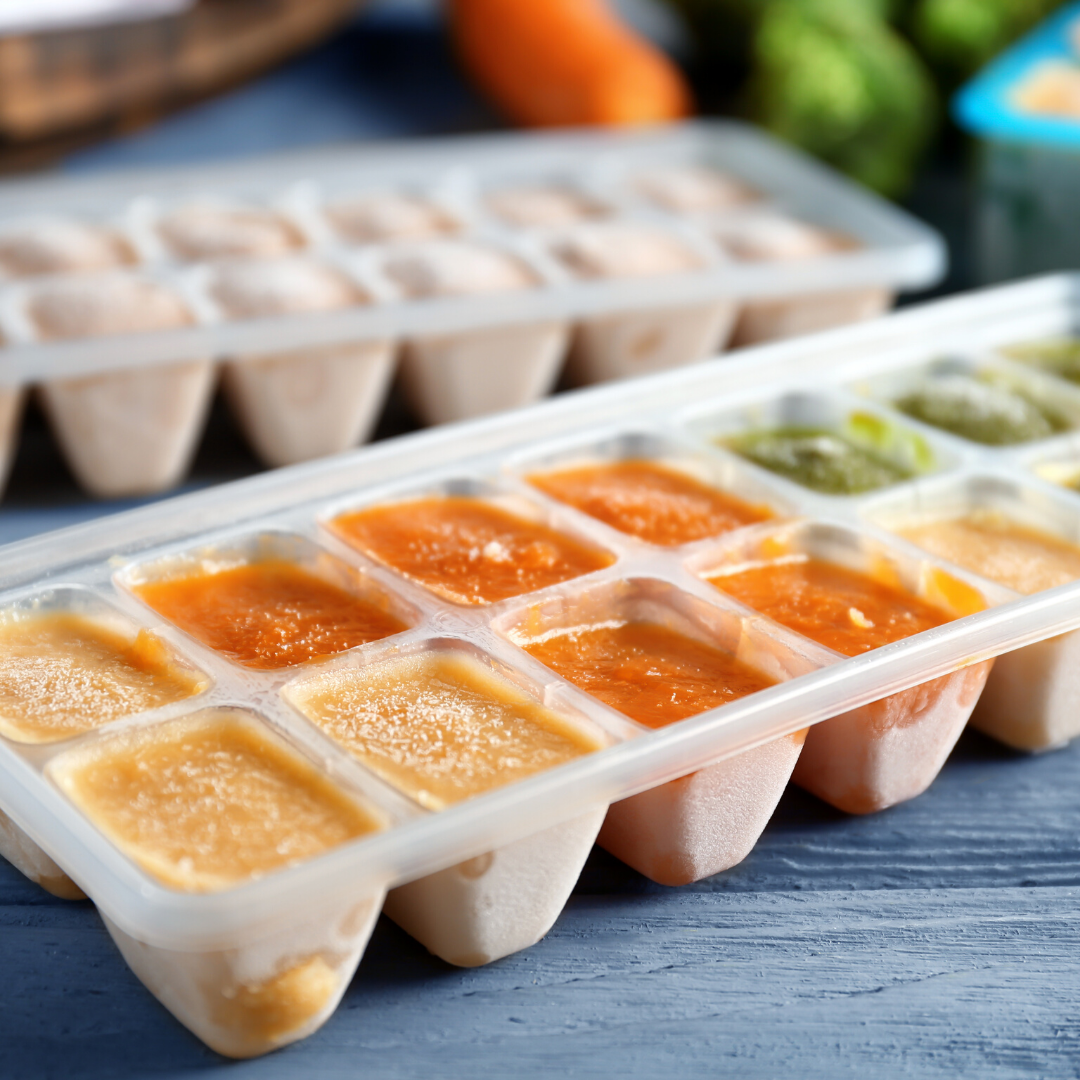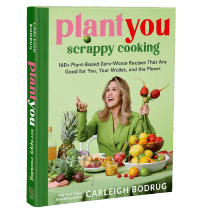How to Reduce Food Waste
Let’s talk about waste, specifically how to reduce food waste. If you’re looking for ways to manage your plant-based kitchen in a more efficient way, you’ve come to the right place.

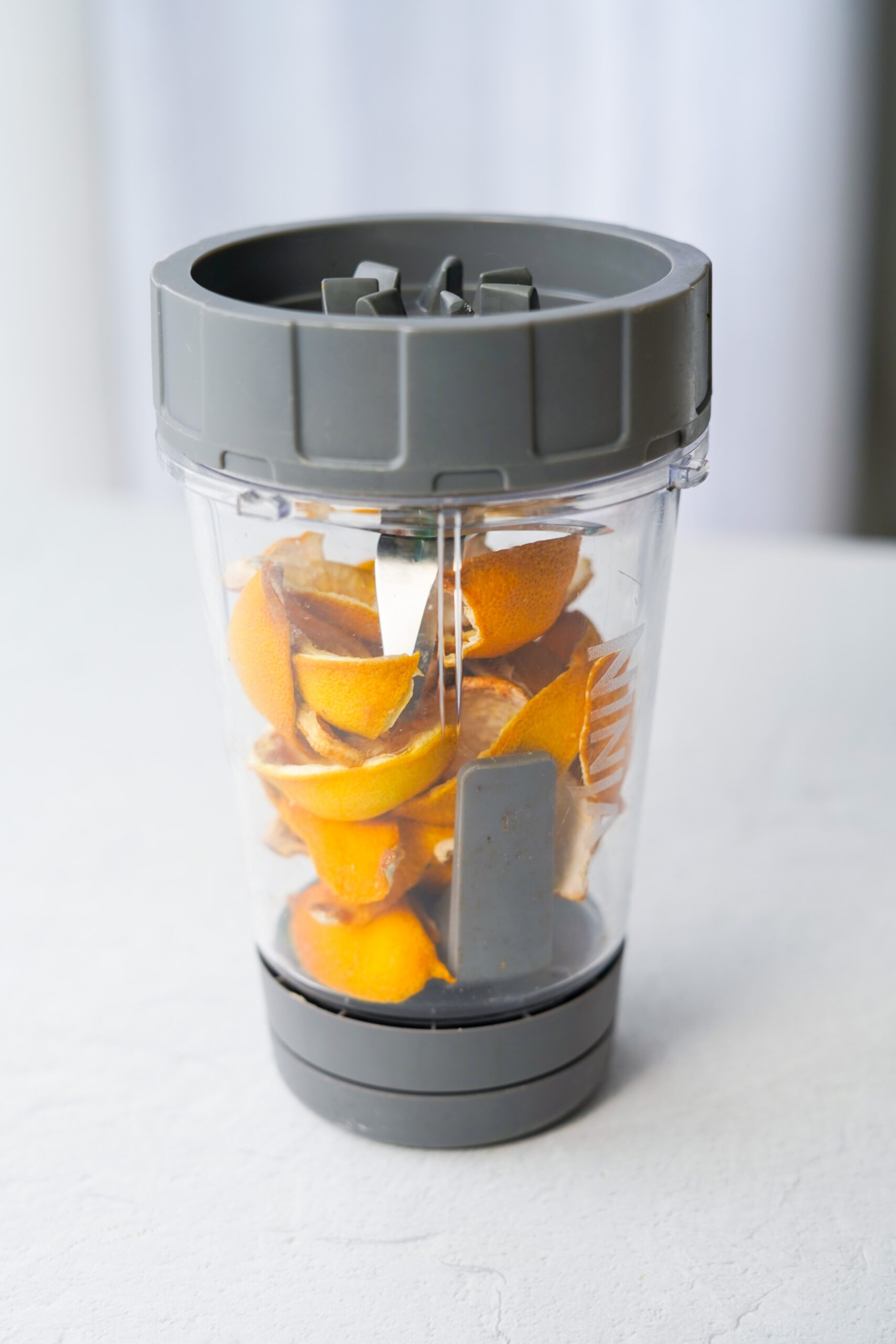
You might have already guessed I am passionate about spreading awareness about food waste and helping to reduce it.
In 2021, I started a recipe series dedicated to using leftovers, excess produce, and parts of plants that usually end up thrown away. I never expected that Scrappy Cooking series would get so much traction but I am so happy that people feel the same way about food waste.
A few years later, I cannot believe that my second cookbook dedicated to all the scrappy ways of life, is about to come out. PREORDER SCRAPPY COOKBOOK before April 2ns and receive instant access to over $200 worth of freebies!
Meanwhile, let’s talk about food waste and how to reduce it.
Why You Should Strive to Reduce Food Waste
- Environmental impact. Food waste is a major contributor to greenhouse gas emissions, which contribute to climate change. When food waste goes to landfill, it produces methane, a potent greenhouse gas that is 25 times more damaging than carbon dioxide.
- Economic impact. Reducing food waste can save you money. By using up all the food you buy, you can avoid unnecessary trips to the grocery store and reduce your overall food bill.
- Food security. Food waste is a social justice issue. One-third of all food produced globally is lost or wasted, which is a waste of resources that could be used to feed hungry people. By reducing food waste, we can help to ensure that there is enough food to go around for everyone.
- Resource conservation. Producing food requires a lot of resources, including water, land, and energy. When food is wasted, these resources are also wasted. Additionally, any effort you put into buying, transporting, storing, and cooking food also goes to waste.
- Landfill space. Food waste takes up valuable space in landfills, which are already in short supply in many areas. Furthermore, there is no shortage of other materials that end up in landfill every single day.
- Personal carbon footprint. Every action we perform, every choice we make leaves a trace in this world. And while there are other ways to reduce your personal carbon footprint, food waste is a major component and a great place to start.
Food Waste Around The World
- According to the Food and Agriculture Organization of the United Nations (FAO), around one-third of all food produced globally is lost or wasted. This amounts to approximately 1.3 billion tons of food every year.
- In Canada, it is estimated that 58% of all food produced is wasted. This equates to 35.5 million tonnes of food per year, with a value of CAD $49.5 billion. Per household, this is 140 kilograms of food waste every year on average. Sounds like a whole lot, doesn’t it?
- In the United States, it is estimated that 30-40% of the food supply is wasted, which equates to approximately 133 billion pounds of food, worth USD $161 billion.
- The top three sources of food waste globally are households (61%), food service (26%), and production and processing (13%).
- Food waste contributes to approximately 8% of global greenhouse gas emissions.
- In developing countries, food waste usually occurs due to poor infrastructure and inadequate storage facilities, whereas in developed countries, it is often due to consumer behavior and food standards.
- Fresh produce is the most commonly wasted food item globally, since it is perishable and can spoil quickly. According to the FAO, fruits and vegetables make up 44% of all food waste. Bread and other baked goods are second most-wasted food because they go stale quickly and are often sold in large quantities.
How to Reduce Personal Food Waste
As you can see, the food waste issue goes beyond the last serving of leftovers, or an old piece of fruit. The statistics above demonstrate the significant impact of food waste on the global economy, environment, and food security.
However, this is not a reason to despair! Reducing food waste is an important issue that requires action, but the good news is that with a few small changes, you can make a huge difference!
As a plant-based eater (or even a plant-based household), there are actually very few food items that cannot be salvaged using one of the methods below.
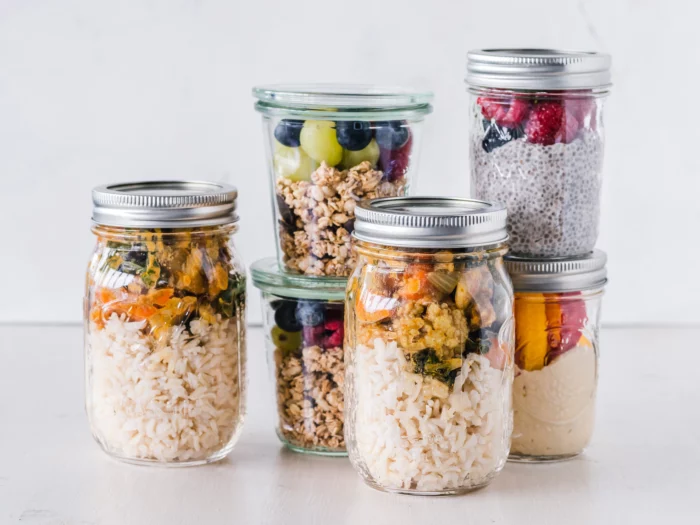
Meal Planning
Among the many advantages of meal planning, reduction in wood waste is a major one! Before going grocery shopping, plan your meals for the week and create a shopping list. This will help you buy exactly what you need and avoid impulse purchases that may go to waste.
If the words “meal plan” cause you to have a headache, you need the PlantYou Planner! This meal planner app is FULLY VEGAN, with a database of over 600 delicious, beginner-friendly recipes for you to choose from.
Even better, you can select the number of servings for each dish you include in your menu. This way, the app generates a tailored grocery list based on your selection. If you’re trying to reduce food waste, this planner will change your life!

Store Food Properly
Make sure to store food in the right place and at the right temperature to keep it fresh for as long as possible. Use quality food storage and meal prep containers, and keep fruits and vegetables separate to prevent them from spoiling.
Different types of food will require different conditions for optimum long-term storage. This applies to fresh produce, as well as dry and canned foods.
For example, root vegetables do the best when stored in dark, cool and well-ventilated places. In fact, most veggies don’t do well in plastic bags. Therefore, it’s best to use mesh or cotton bags if needed, but you can always go without.
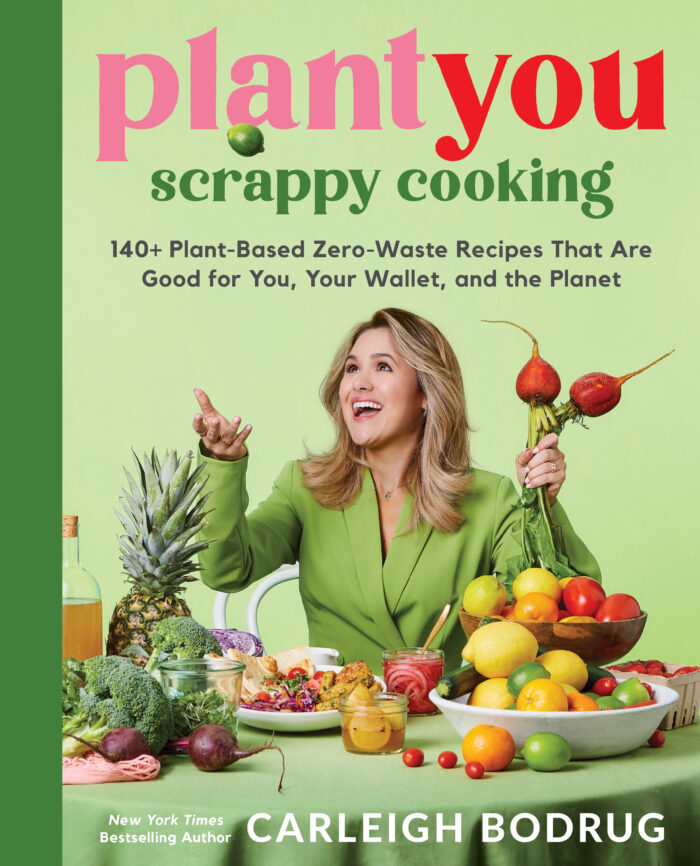
Get Scrappy
You would be amazed how many things go to waste because people don’t know how to use that part of a vegetable. In fact, many people have no idea that many food scraps are actually edible!
This includes fruit and vegetable peels, squash seeds, broccoli stems, cauliflower leaves, and more! To help you utilize as much of each ingredient as possible, I created a whole series of Scrappy Cooking recipes.
Another great opportunity to reduce waste is to keep track of your leftovers. Instead of letting them go to waste, eat them for lunch the following day, incorporate them into new recipes, or freeze them for later use.
PREORDER SCRAPPY COOKBOOK for even more low-waste recipes to have on hand! This cookbook even has an entire section on “raiding your kitchen” to make sure your produce does not go to waste.
Finally, some vegetable scraps can be turned into… more vegetables! When you learn how to regrow your veggies, you’re doubling their value!

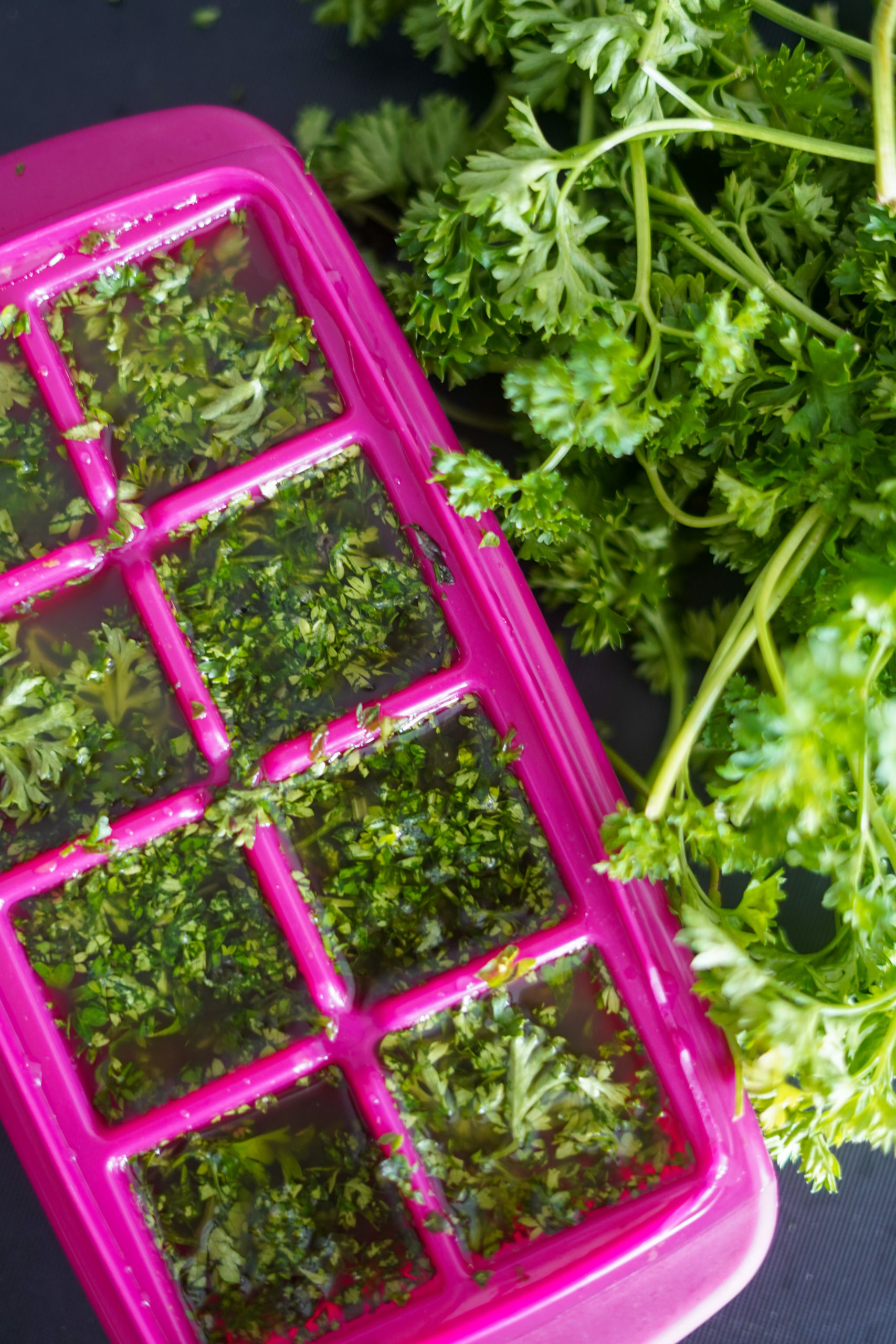
Preserve Foods
Many foods don’t have to be fresh for you to enjoy them. You can freeze, dry, can, and pickle foods that would otherwise go to waste.
And don’t worry, you generally don’t need any expensive equipment to do that. Many preservation processes can be achieved with common kitchen items. You would be amazed to know how easy it is!

Compost
Composting is a great way to turn food waste into nutrient-rich soil for your garden. You can compost fruit and vegetable scraps, coffee grounds, as well as stale or spoiled items.
If you have a garden, you could build a compost bay, where you can also process things like grass cuttings, paper and cardboard.
For composting on a smaller scale, you could keep a small compost bin on the kitchen counter. If you don’t have outdoor space where you live, the compost can be used to fertilize indoor plants or grow herbs on your balcony.

Donate Excess Food
Nobody is perfect, and many of us have ended up with extra produce and other foods. If you have excess food that you know you won’t be able to use, consider donating it to a local food bank, soup kitchen, or shelter.
You could also ask around among your friends, family, or local community. People may accept spare food or exchange it for something else.
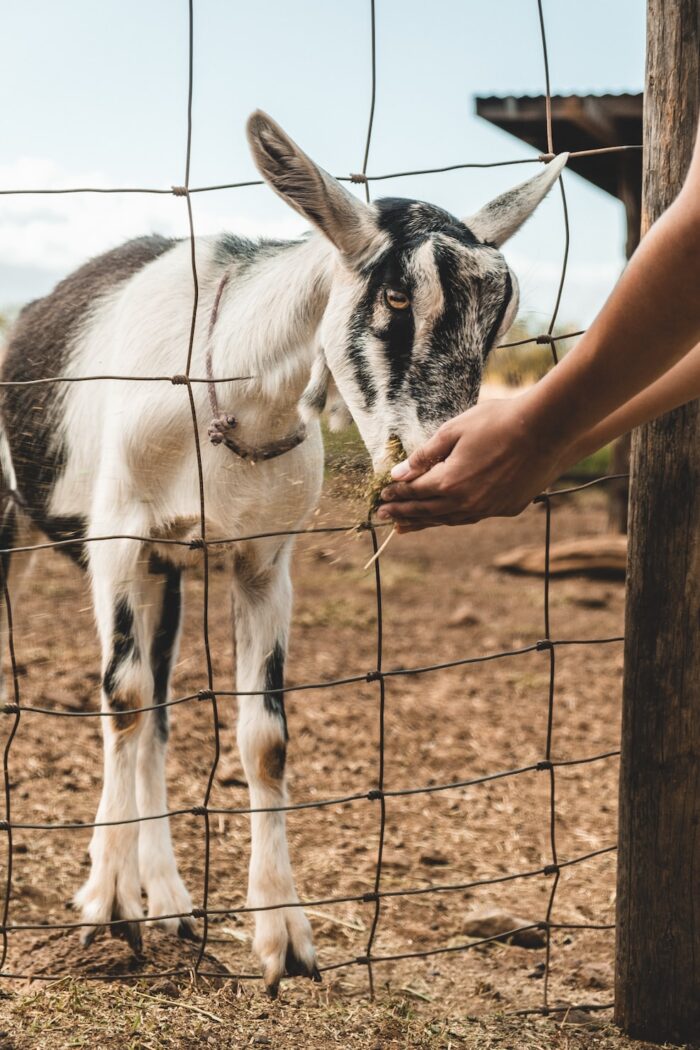
Feed Your Pets
Cats and dogs may not appreciate it, but herbivorous pets and farm animals love fruit and vegetable scraps! Whether it’s banana peels, carrot tops, or stale bread, you could treat your animal friend instead of throwing it away.
Hamsters, guinea pigs, rabbits, chickens, ducks, goats, and even pigs will usually appreciate your wilted greens much more than you do. Be sure to check for any restrictions based on the specific species of your pet.
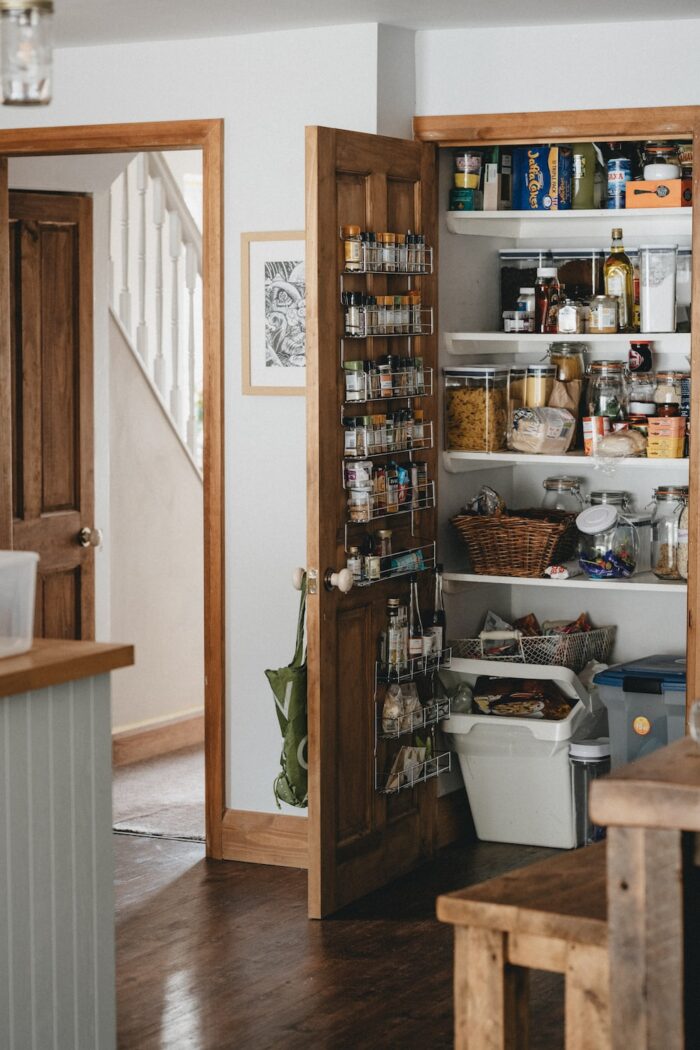
Monitor Expiration Dates
Another great way to get ahead and reduce your food waste is to keep track of expiration dates and use older items first to avoid throwing away food that has gone bad.
Although they are great for long-term storage, canned goods can be a common source of waste, as they often have long shelf lives and can be forgotten about in the back of the pantry.
The best way to do that is to organize your fridge, freezer and pantry in an accessible way, where oldest items of food are at the forefront. Set aside a day every week to take stock and assess the situation.
- Do we have any leftovers that need to be eaten?
- Are there any foods that are about to expire?
- Is there a way to incorporate those foods into my meals this week? Can I preserve them to extend their shelf life?
Once you have identified the foods that need to be consumed sooner rather than later, you can use the PlantYou Cookbook or PlantYou Planner for recipe inspiration. This way, you’re almost guaranteed to utilize your resources in the best possible way.

Does It Actually Have to Be Thrown Out?
Speaking of expiration dates, I know that many people still throw out vegetables when they have a few brown spots or imperfections.
This definitely needs to be addressed if your produce is not rotten or mouldy, since the fruit and veggies are most likely still good enough to eat. Don’t through away that brown banana or wilted spinach just yet!
When it comes to pantry items please note difference between the best before date vs use by date. Often these two dates get confused, and food is wasted since people think the best before date is equal to the expiry date.
